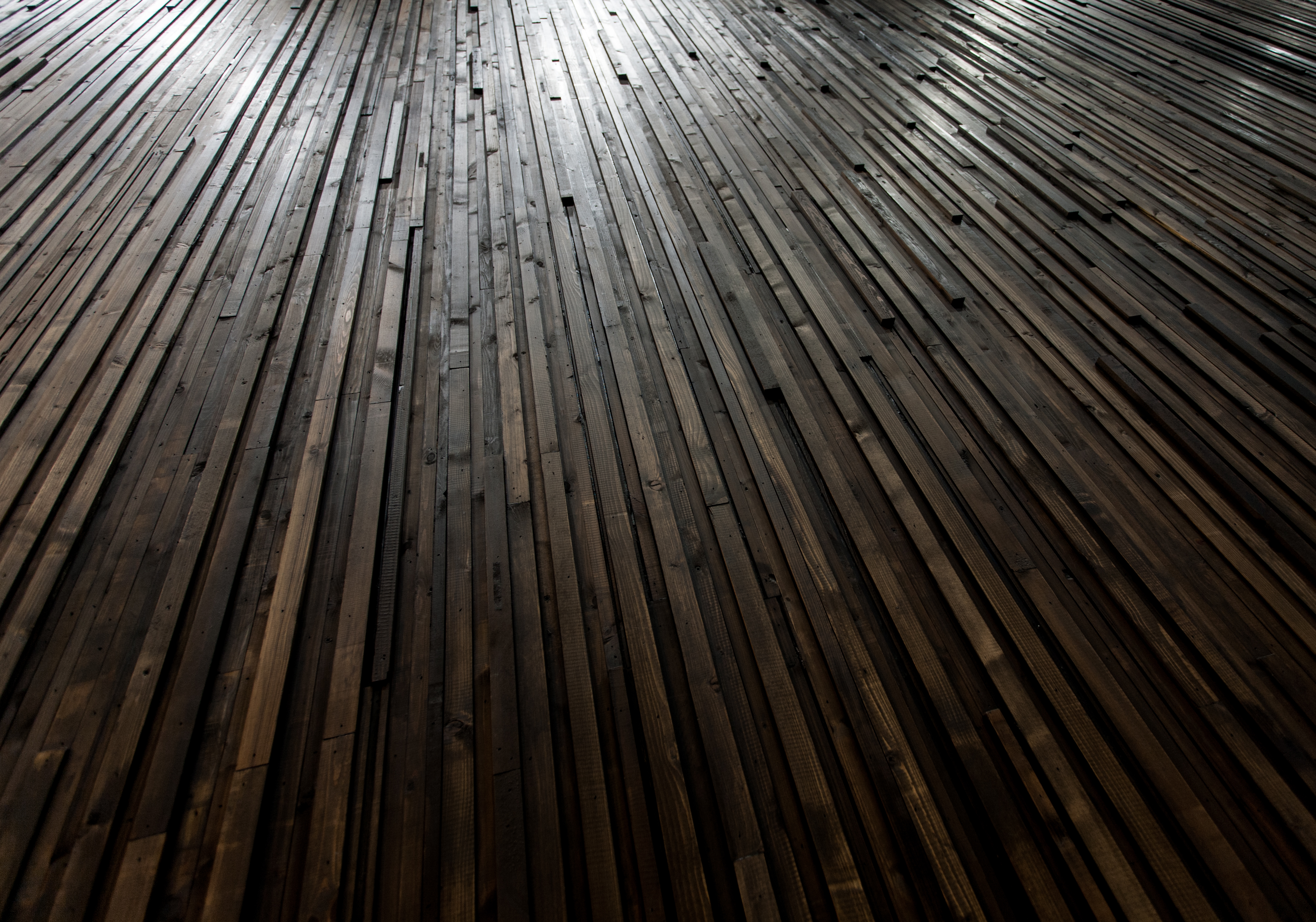Copenhagen Towers - interior
The office building Copenhagen Towers II in Ørestaden has been designed by the British architectural firm Foster + Partner, while many of the upcycled materials have been integrated in the building interior by Lendager Group.
In the recycled concrete, 62.5 % of the virgin materials in the aggregate have been replaced by recycled materials, reducing both CO2 emissions and material waste.
Indoor Climate & CO2 Footprint
The new Copenhagen Towers II takes upcycling and sustainable materials to a new level. According to Lendager Group, parts of the building are fitted with acoustic ceiling panels made of PET bottles, wall panels made of reused timber, transparent walls made of discarded sails from competitive sailing and floors made of recycled concrete. This project turns waste products and building waste into new resources in architecture. It is cost neutral and has generated local production jobs. It also reduces CO2 emissions during the production of the building interior. Lendager Group makes sustainability tactile as the users and visitors of the building are able to see and touch the materials, e.g. the wood panels on the walls that are made of old windowsills or joints.
Resource Optimisation
With a 1,000 m2 area made of recycled concrete in the building foyer, Lendager Group shows that it is possible to make concrete surfaces that are far more sustainable than those made using new materials. According to Lendager Group, in the recycled concrete, 62.5% of the virgin materials in the aggregate have been replaced by recycled materials, that were cast locally, reducing both CO2 emissions and material waste.

About the case
The building, which is designed by Foster + Partners, has conference facilities, public restaurants and cafes as well as a spectacular 1,400 m2 atrium that connects the entire complex with the neighbouring Hotel Crowne Plaza and South Wing. The building lies in an area that, from all sides, is intersected by both the metro, railway and the motorway, and is expected to become Denmark’s largest unified commercial building with up to 5,000 work stations. The building features a host of sustainable solutions such as a groundwater-based cooling and heating system that together with a photovoltaic-cell system will reduce the building’s energy consumption by up to 90% compared with similar buildings of the same size.
